Metal with High Melting Point | Top 10 Metals with High Melting Points

Many people know that the metal with the lowest melting point is mercury, which is the only metal that is liquid at room temperature. But when it comes to a metal with a high melting point, probably not many people know the answer. That's the reason why we've compiled this list of the metals with high melting points - top 10.
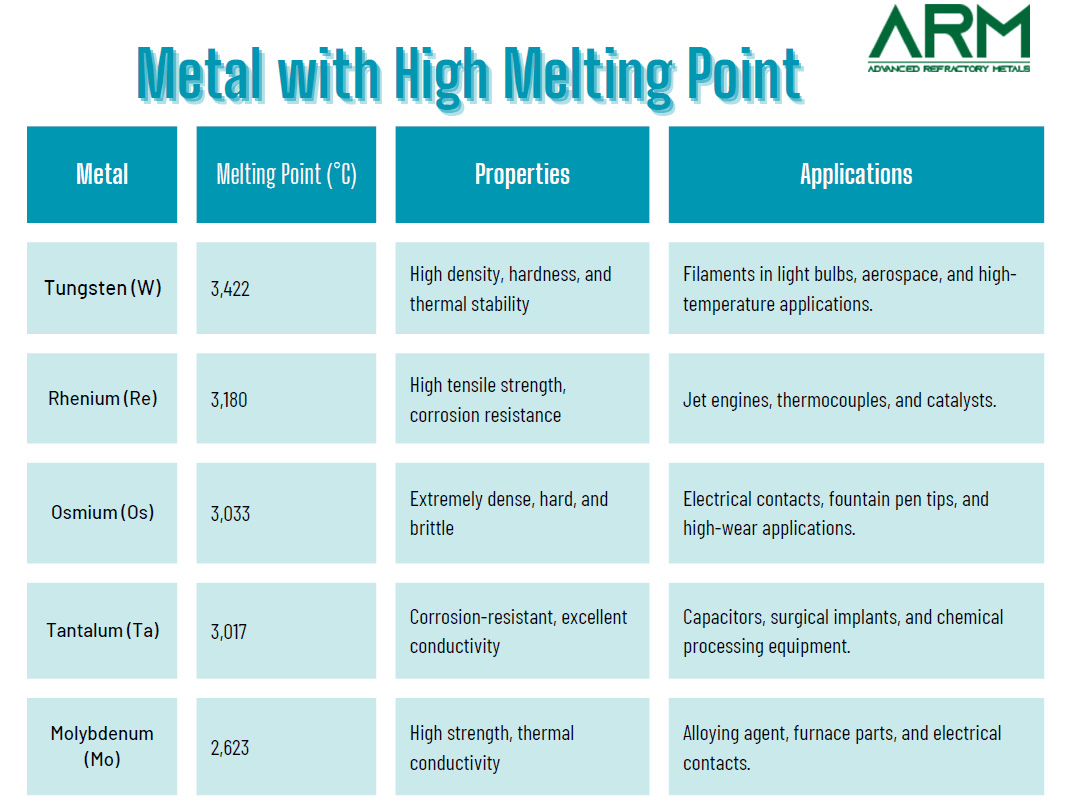
Metal with High Melting Point - Top 1. Tungsten (W)
Tungsten is the refractory metal with the highest melting point (3420 °C). As a refractory metal, the most important advantage of tungsten is that it has good high-temperature strength and good corrosion resistance to molten alkali metal and steam. Only when tungsten is over 1000℃, does oxide volatilization, and liquid phase oxides occur.
However, it also has the disadvantage of being difficult to be processed plastically at room temperature. Refractory metals represented by tungsten are widely used in metallurgy, chemical industry, electronics, light source, and mechanical industry.
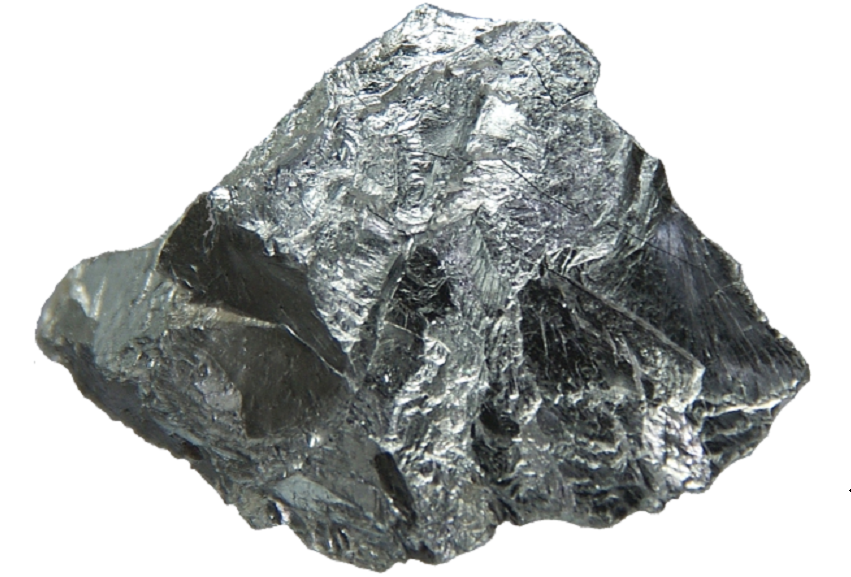
Tungsten
Metal with High Melting Point - Top 2. Rhenium (Re)
Rhenium is a silver-white metal with the second-highest melting point (3180 °C) after tungsten and has the highest boiling point. Commercial rhenium is generally powdered and can be pressed or sintered into a high-density solid in vacuum or hydrogen, with a density of more than 90% of the metal state.
Rhenium metals are highly ductile when annealed and can be bent and rolled up. Rhenium blocks are resistant to alkali, sulfuric acid, hydrochloric acid, dilute nitric acid (non-concentrated nitric acid), and aqua regia at standard temperature and pressure.
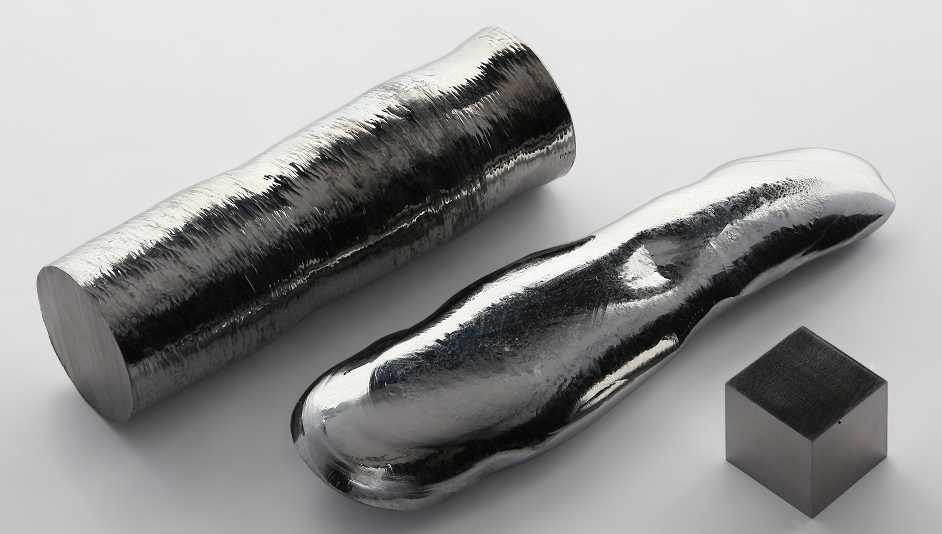
Rhenium
The global annual production of rhenium ranges from 40 to 50 tonnes, mainly in Chile, the USA, Peru, and Poland. About 70% of the world's rhenium is used to make superalloy parts for jet engines. Another major use of rhenium is in platinum-rhenium catalysts, which can be used to produce lead-free, high-octane gasoline.
Metal with High Melting Point - Top 3. Tantalum (Ta)
Tantalum takes third place in our list of metals with high melting points. It has a melting point of 2966 °C.
Tantalum can be drawn into thin foil due to its moderate hardness and ductility. Tantalum has a very small coefficient of thermal expansion. Tantalum has excellent chemical properties and is highly resistant to corrosion. It does not react to hydrochloric acid, concentrated nitric acid, and "aqua regia" under both cold and hot conditions.
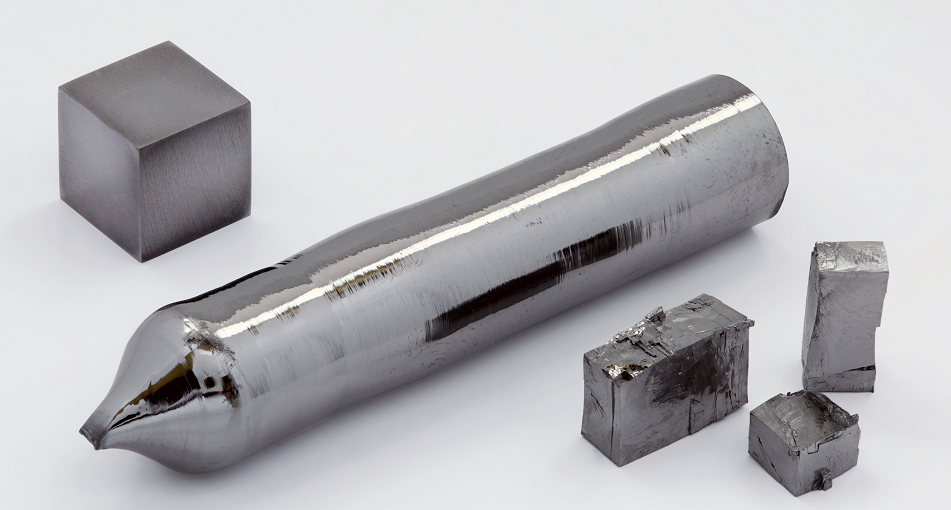
Tantalum
Tantalum can be used to make evaporating vessels, as well as electrodes, rectifiers, and electrolytic capacitors for electron tubes. Tantalum is used medically to make thin slices or threads to repair damaged tissue.
Tantalum is made into capacitors for use in military equipment. Half of the world's tantalum output is used to make tantalum capacitors. America's defense logistics agency, the biggest owner of the metal, once bought out a third of the world's tantalum powder.
Metal with High Melting Point - Top 4. Molybdenum (Mo)
Molybdenum, just like tungsten, is a refractory metal. It snaps up the 4th spot in our list of metals with high melting points. Its melting point is 2620 °C.
Molybdenum is mainly used in the iron and steel industry. Adding molybdenum to stainless steel can improve the corrosion resistance of steel. Adding molybdenum to cast iron can improve its strength and wear resistance.

Molybdenum
The nickel-based superalloy containing 18% molybdenum has the characteristics of a high melting point, low density, and small thermal expansion coefficient. Molybdenum is widely used in electronic devices such as electron tubes, transistors, and rectifiers.
Metal with High Melting Point - Top 5. Niobium (Nb)
With a melting point of 2468 °C, niobium ranks 5th in our list of metals with high melting points.
Niobium is a rare silver-grey, soft and malleable metal with a high melting point. At room temperature, niobium does not react with air. Niobium can be combined with sulfur, nitrogen, and carbon directly at high temperatures. Niobium does not react with inorganic acids or bases, nor is it soluble in aqua regia, but it is soluble in hydrofluoric acid.
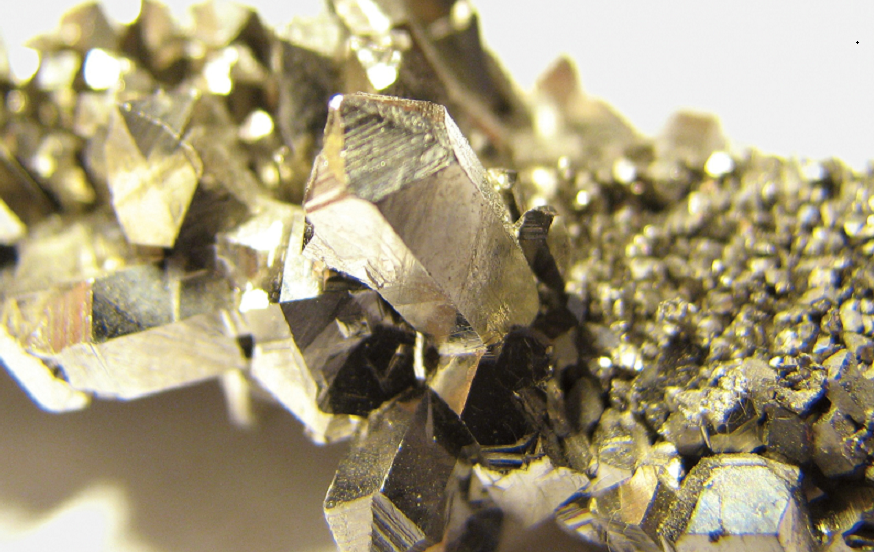
Niobium
The content of niobium in the crust is 20 PPM, and the distribution of niobium resources is relatively concentrated. Because of its good superconductivity, high melting point, corrosion resistance, and wear resistance, niobium is widely used in steel, superconducting materials, aerospace, atomic energy, and other fields.
Metal with High Melting Point - Top 6. Iridium (Ir)
Iridium snaps up the 6th place in our list of metals with high melting points. Its melting point is 2454 °C.
Iridium was discovered in 1803 in insoluble impurities of platinum. The main discoverer, Smithson Tennant, named it iridium, after Iris, because of its many different colored salts.
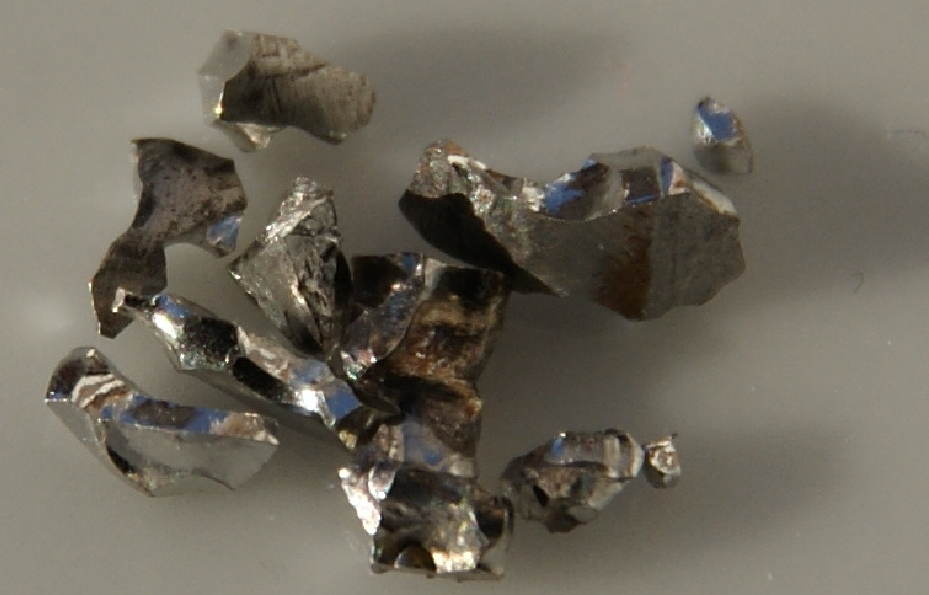
Iridium
Iridium is chemically stable. Iridium is the most corrosion-resistant metal. Iridium is chemically stable in acids and insoluble in them. Only spongy iridium slowly dissolves in hot aqua regia.
Because Iridium is very resistant to corrosion and high temperature, it is very suitable as an alloy additive. Some of the long-used parts in aircraft engines are made of iridium alloy.
Metal with High Melting Point - Top 7. Hafnium (Hf)
Hafnium is another metal with a high melting point that deserves a place in our list. I has a melting point of 2227 °C.
Hafnium is a lustrous silver-gray transition metal. Hafnium does not interact with dilute hydrochloric acid, dilute sulfuric acid, and strong alkali solutions, but can dissolve in hydrofluoric acid and aqua regia.
The element name comes from the Latin name of the city of Copenhagen. In 1925, Swedish chemist Hervisi and Dutch physicist Koster obtained the pure hafnium salt and then reduced it by metal sodium to obtain the pure hafnium metal.

Hafnium
The main use of hafnium is to make control rods for nuclear reactors. Pure hafnium has plasticity, easy processing, high-temperature resistance, and corrosion resistance, which is an important material in the atomic energy industry.
Metal with High Melting Point - Top 8. Rhodium (Rh)
Rhodium takes 8th place in our list of metals with high melting points. This refractory metal's melting point is 1960 °C.
Rhodium is a silver-white, hard metal with high reflectivity. Rhodium metals do not usually form oxides; the molten rhodium absorbs oxygen but the oxygen is released during solidification. Rhodium is insoluble in most acids, and it is completely insoluble in nitric acid and slightly soluble in aqua regia.

Rhodium
Rhodium has a high melting point, high strength, stable electrothermal properties, good corrosion resistance, high-temperature oxidation resistance, and good catalytic activity. Therefore, rhodium is widely used in automobile exhaust purification, the chemical industry, aerospace, glass fiber, electronics, and electrical industry, and other fields, known as the "industrial vitamin".
Metal with High Melting Point - Top 9. Chromium (Cr)
Chromium takes 8th place in our list of metals with high melting points. It is a silvery-white shiny metal with a melting point of 1907 °C.
Pure chromium is ductile while impurity-containing chromium is hard and brittle. The density of chromium is 7.20 g / cm3. This refractory metal is insoluble in water but soluble in strong alkaline solutions. Chromium has high corrosion resistance, and it oxidizes very slowly in the air, even under extreme heat. Therefore, chromium plating on other metals can protect the metal.

Chromium
The content of chromium in the crust is 0.01%, ranking 17th. Free chromium does not exist in nature, the main ore containing chromium is chromite. Chromium is widely used in metallurgy, the chemical industry, cast iron, refractory, high-precision end technology, and other fields.
Metal with High Melting Point - Top 10. Titanium (Ti)
Our list is not complete without the titanium. This refractory metal comes with a high melting point of 1668 °C. Titanium is a silvery-white transition metal characterized by light weight, high strength, metallic luster, and resistance to wet chlorine corrosion.
However, titanium cannot be used in dry chlorine gas. Even if the temperature is below 0℃ in dry chlorine gas, there will be a violent chemical reaction to form titanium tetrachloride, and then decompose to form titanium dichloride or even combustion. Only when the water content in chlorine gas is higher than 0.5% can titanium be reliably stable in it.

Titanium
Titanium can be fused with other elements such as iron, aluminum, vanadium, or molybdenum to form high-strength light alloys. It has a wide range of applications, including aerospace, military, automotive, agricultural food, medicine, kitchenware sporting goods, jewelry, and mobile phones.
Conclusion
Thank you for reading our list of metals with high melting points and we hope it can be helpful to you. If you want to know more about metal with high melting points, you can visit Advanced Refractory Metals for more information. We supply high-quality refractory metals to meet our customers’ R&D and production needs.
{{item.content}}
LEVE A REPLY
{{item.children[0].content}}
{{item.content}}






